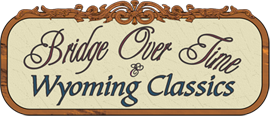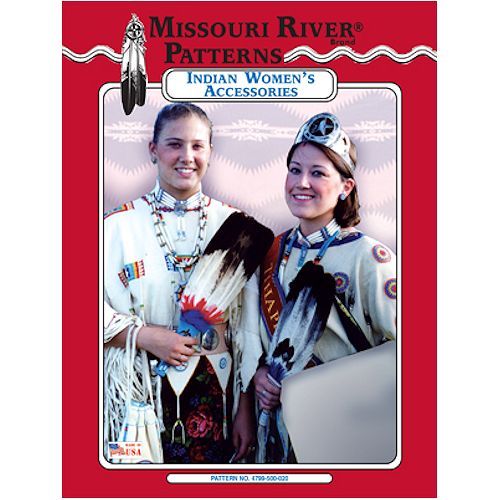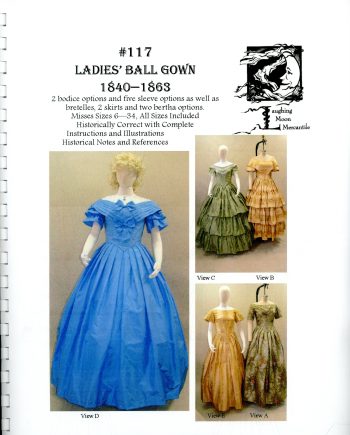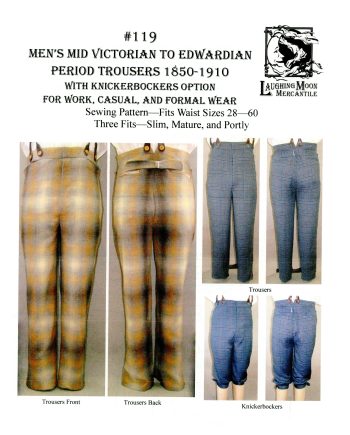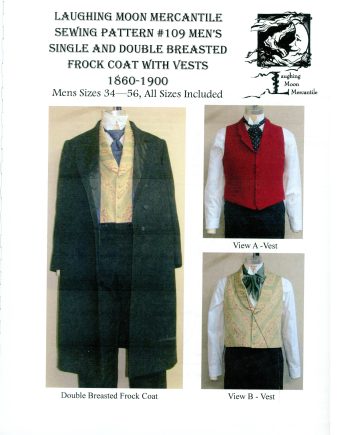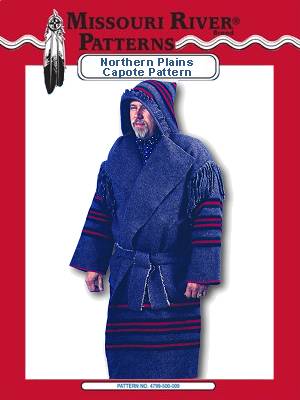Description
Ladies’ outfits require a number of accessories in order to make them authentic and historically accurate. Because Indian dresses were very simple and uslually contained no pockets, articles such as purses, knife sheaths, strike-a-light bags, awl cases, mirror pouches, and other bags were necessary in order to keep up with the various tools and materials required for everyday living in the wilderness. Sketches and paintings from the period show that these accessories were used on the Northern and Southern Plains alike
For additional ideas on design variations, we strongly recommend that you study old paintings and drawings and visit museums and examine existing specimens. This will help make your articles unique and distinctly yours. Additional ideas for bags, pouches and other women’s items can be found in the following books: Hau, Kola!; Dancing Colors, Spirits in the Arts; The Book of Buckskinning Vol. 1-8; Four Winds Guide to Indian Trade Goods; Replicas, Four Winds Guide to Indian Artifacts and Feminine Fur Trade Fashions.
Notions & Tools
Glovers needles, simulated sinew or thread, and clothes pins or paperclips. A thimble is handy for “helping” the needle through the leather and a large pair of scissors, such as Gingher’s “Knife Edge,” are very good for cutting out the buckskin and for cutting fringe. A chalk pencil is recommended for marking the hides for cutting as it can be brushed out later. Other materials that can be used for decorations include horse-hair, tin cones, washer brooches, seed beads, paint, and red or blue wool trade cloth for binding edges.
Material Requirements
Many Items included in this pattern can be made from small pieces of buckskin that are left over from projects. The purse will require a bit more hide, but some of the other articles can be made from as little as a half square foot of leather, and they can all be made from one average buckskin of 10 to 12 feet.
Suggested Materials
By far, the best material for making these accessories is genuine buckskin; however, several other leathers are suitable, such as antelope, elk, lamb, goat, sheep, and soft tanned cowhide, with brain tanned buckskin being the most authentic and desirable.
We also highly recommend German tanned buckskin, which is very close to brain tanned and is far superior to any other type if you plan to do beadwork on it. Hides can be smoked or unsmoked, depending on your taste in color and whether you are making a Northern of Southern outfit, modern or old-time.
Please keep in mind that the numbers of square feet of leather required can vary considerably with the natural shape of the hides you choose. Also, note that the areas shown are the usable areas of the hides, and that the left over scrap can be used for fringe, patching holes, or extending and filling in irregular areas to conserve hide usage.
